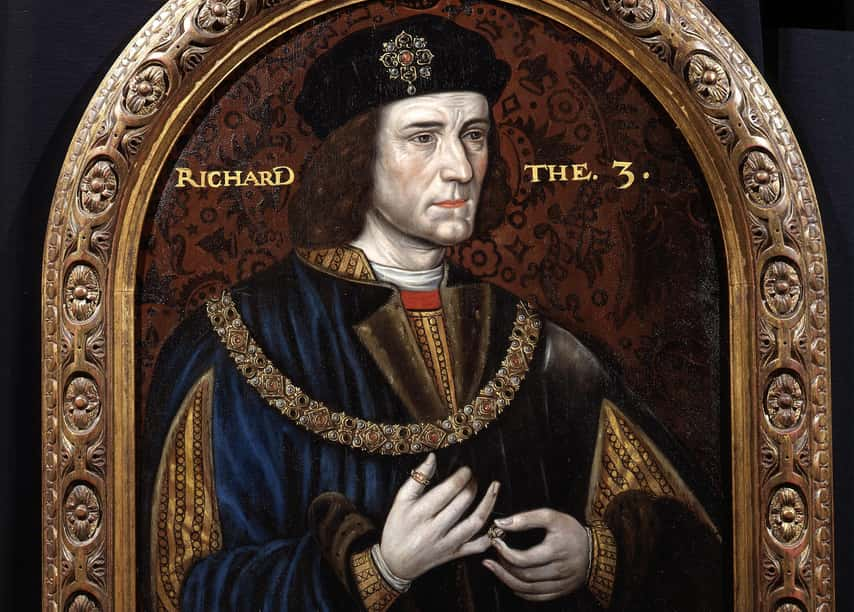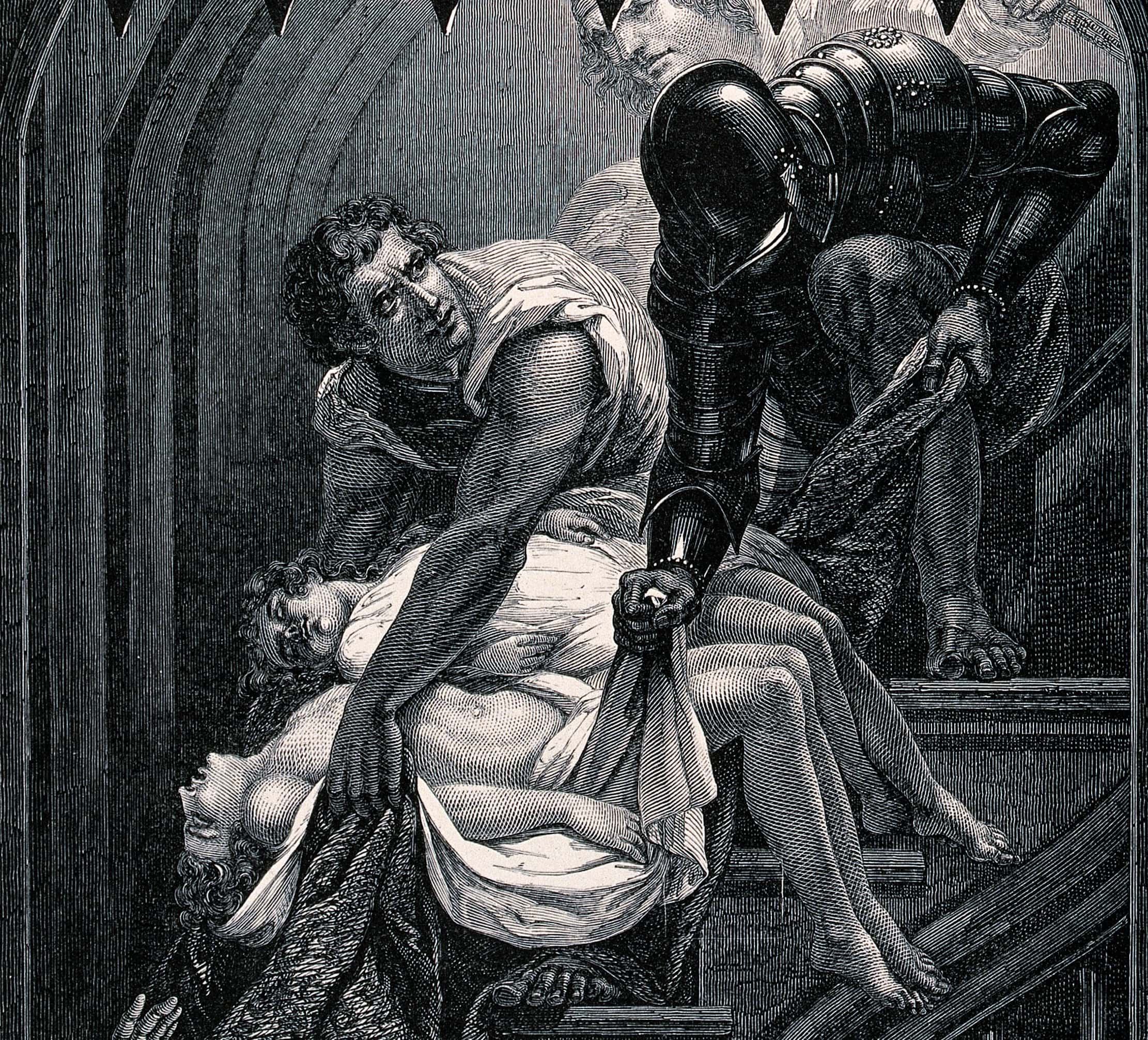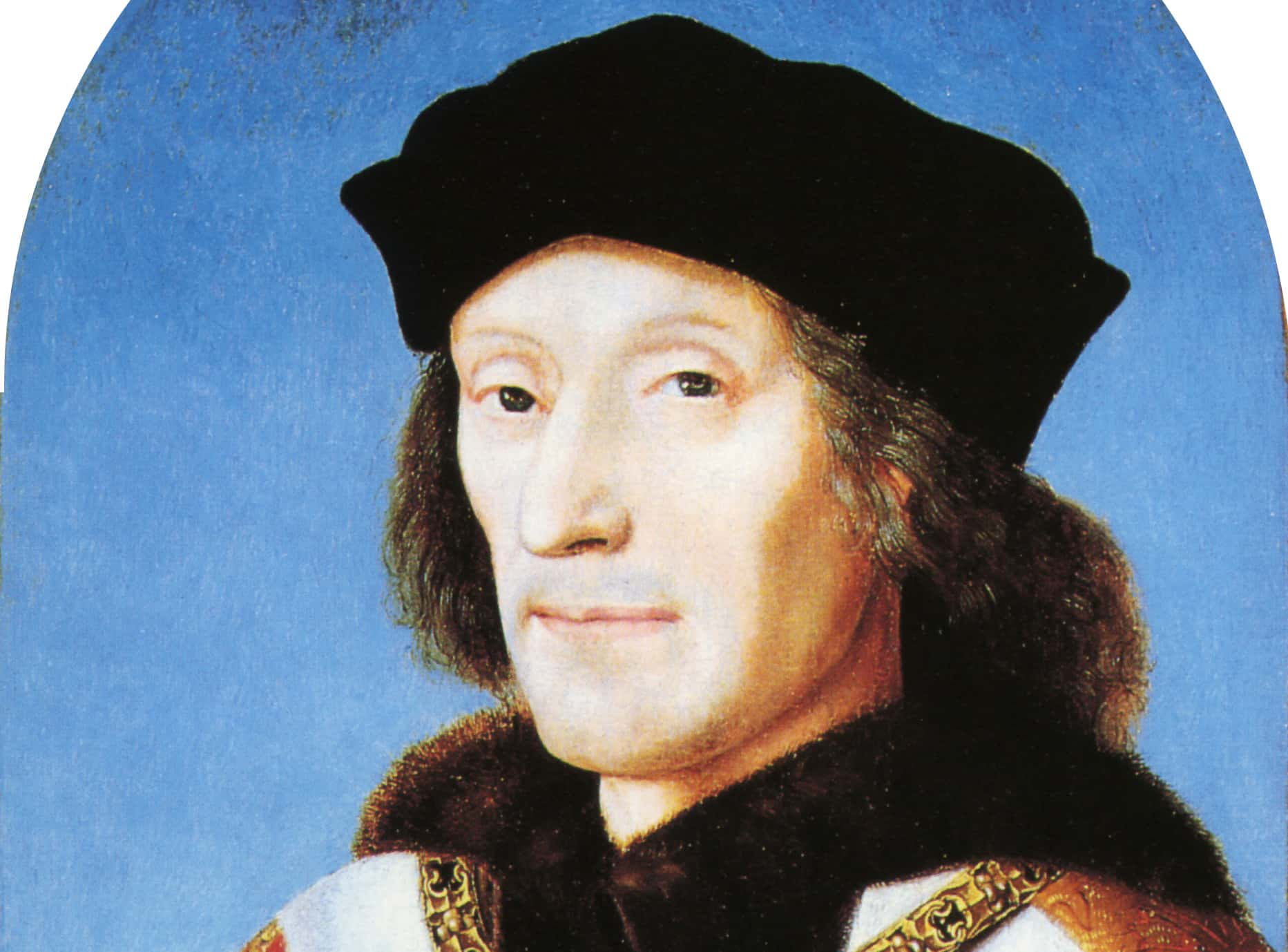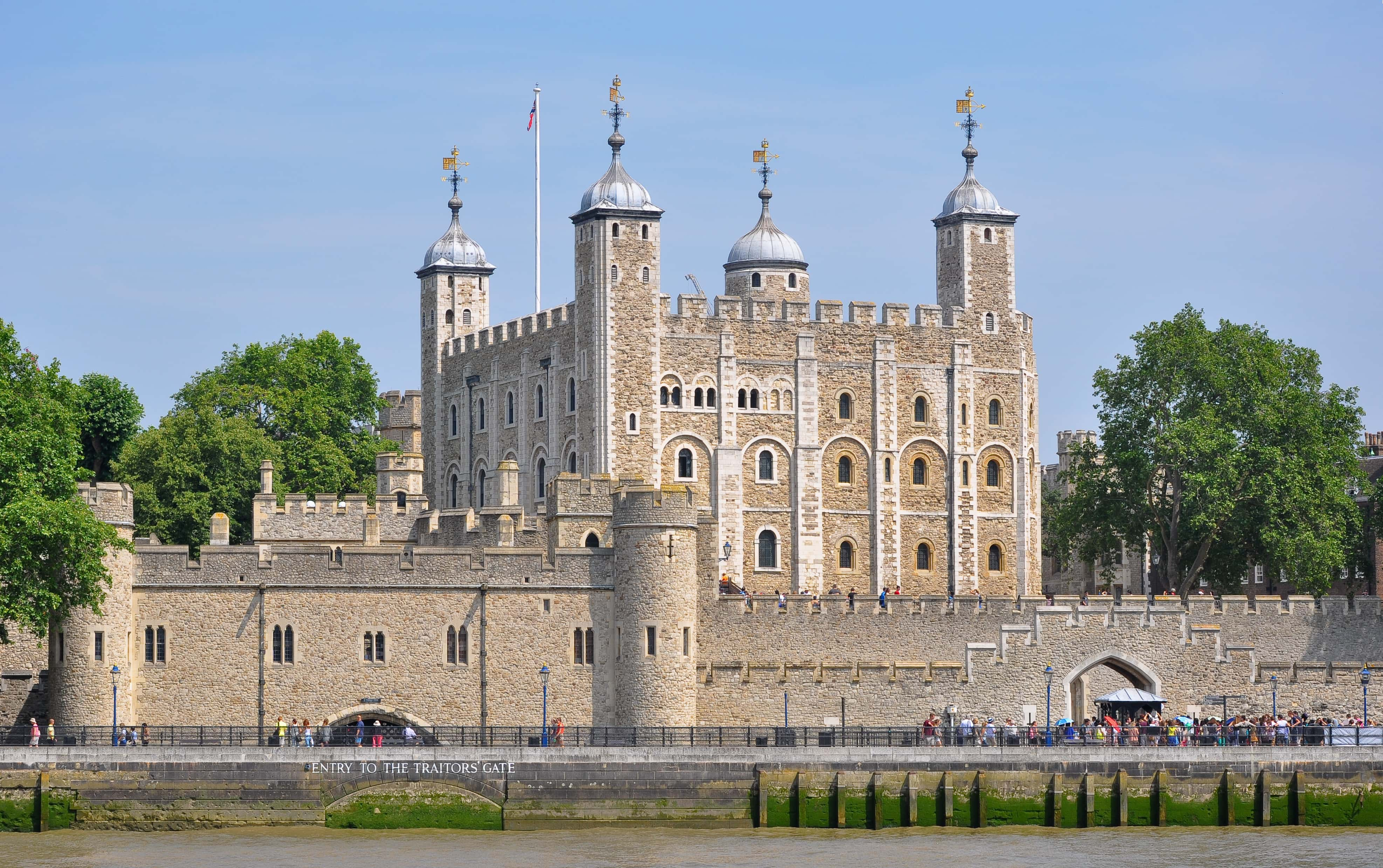Naked Villainy
King Richard III lives on in our cultural imagination as one of England’s most nefarious villains, particularly for the suspected murder of his two young nephews, Edward V and Richard of Shrewsbury, while they were confined to the infamous Tower of London in the summer of 1483. Shakespeare’s Richard III only cemented Richard as a mustache-twirling Big Bad, and exaggerations of his mild scoliosis still depict him as a deformed, and thus unspeakably evil hunchback who just had to have murdered his own kin.
Then, in 1675, history’s worst fears seemed to come true: workers found the remains of two children buried underneath a staircase in the Tower. Many still assume that these were the long lost princes, slain by Richard and then stowed away for centuries in an ignominious, anonymous grave—yet there is so much more to the story.
The Tower bones are not the only possible remains of Edward and his brother, there are multiple murder suspects besides Richard, and some even believed that at least one of the boys escaped this cruel fate. So what really happened that summer to those innocent young boys? To continue, we have to start at the bloody beginning.
 Flickr Richard III
Flickr Richard III
The King Is Dead, Long Live the King
On April 9, 1483, the 13-year-old Edward V was named King of England after his father, Edward IV, was felled by a swift illness. The young boy, who had been cloistered away in Ludlow Castle in Shropshire, began to make his way toward London to greet his subjects and begin performing his duties as the presumptive monarch. However, there were darker forces at work: his uncle, Richard, Duke of Gloucester, had heard about Edward V's death and was likewise making his own way down to London—and he seemed quite interested in the royal vacancy the tragedy might have left.
When dear Uncle Richard met up with little Edward and his retinue on the way to London, he wasted no time in advancing his power. He arrested Edward’s escorts, and many of them were later executed. Richard then traveled into the capital with the as-yet unharmed boy king, ostensibly to help him prepare for his official coronation. But over the next few months, plans soured: Richard kept pushing back the coronation, Edward was restricted to the Tower of London (allegedly for his own safety), and soon even Edward’s younger brother, also named Richard, was brought to the court and likewise kept in confinement. And then, somehow, things got worse.
The two boys were seen less and less until, finally, they disappeared completely. Meanwhile, by July 3, their uncle had officially been crowned King Richard III and, thanks to some crafty political maneuvering, the princes had been declared illegitimate. At the end of that summer, with still no sign of Edward or his young brother, rumors swirled that Richard had murdered his nephews to secure the throne for himself. Just like that, Richard began his storied descent into villainy.
 Wikimedia Commons Disposal of the Princes in the Tower
Wikimedia Commons Disposal of the Princes in the Tower
The Winter of Our Discontent
Although this narrative of events has been passed down throughout the centuries, the historical evidence is far from tidy. For one, although the 1675 Tower discovery remains one of the main exhibits of the murder, in 1789 workers unearthed yet another pair of bodies, this time near the vault of the boys’ parents, Edward IV and his wife Elizabeth Woodville. Even more concerning, neither set of bones has ever been thoroughly examined; a 1933 investigation of the Tower bones was primitive by today’s standards, rather rushed, and didn’t even bother to determine the sex of the bones. Queen Elizabeth II has never authorized a modern investigation into either of the remains, and thus their origins are still very much in doubt.
Furthermore, King Richard III is far from history’s only suspect in the cold case. Many historians still see him as the primary suspect, but two other possibilities rose to the fore in the wake of the princes’ disappearances. First, Richard’s close confidant Henry Stafford has also been named as a suspect. According to the prevailing theory, the duke may have wanted to claim the throne for himself, or else was acting on behalf of someone else. Second, Richard III’s successor, Henry VII, also may have slain the boys. King Henry laid violent claim to the throne in 1485, besting Richard in the legendary Battle of Bosworth Field. After his coronation, the story goes, Henry sought to further consolidate his power, continuing his bloody streak by doing away with the young princes.
Each of these theories has their gaps—places where we have no record to fill in the details and no ability to solve the mystery once and for all. Nonetheless, the evidence is indeed most convincing when it comes to Richard’s guilt. Otherwise, why wouldn’t he have produced the twins when the dark rumors began?
Yet there is one final option, one as compelling as it is fantastic: what if one of the boys survived?
 Wikimedia Commons Henry VII
Wikimedia Commons Henry VII
The Return of the King
After King Richard was vanquished at Bosworth Field and Henry VII began his reign in earnest, new whispers circulated: young Richard of Shrewsbury was still alive. He was somehow spirited out of the Tower of London, and thus avoided his brother’s doom. In fact, no fewer than two men, Lambert Simnel and Perkin Warbeck, would claim to be Richard in the coming years. While Simnel soon changed his story, both Margaret of York, the princes’ aunt, and James IV of Scotland officially recognized Warbeck as Richard.
Yet a happy ending still eluded England: eventually, Warbeck also recanted and was subsequently imprisoned and executed. He is widely regarded today as an expert imposter by all but a few historians. So there went the last great hope of York.
But, like the legend of Princess Anastasia centuries later, the desire to believe in an alternate, optimistic history—one that rewrites all we think we know, that saves innocents from certain doom—persists. These hopeful fantasies make history seem malleable; indeed, they reveal it as such. History is a narrative kneaded and twisted throughout time, more unwieldy tale than static fact. Even if they weren’t spared, the disappearance of young Edward and Richard spills out of the staircase that may have been their grave. Their history has many strands: perhaps they died by an unknown hand, perhaps they were interred somewhere else, perhaps—perhaps—they did live.
 Wikimedia Commons The Tower of London
Wikimedia Commons The Tower of London







